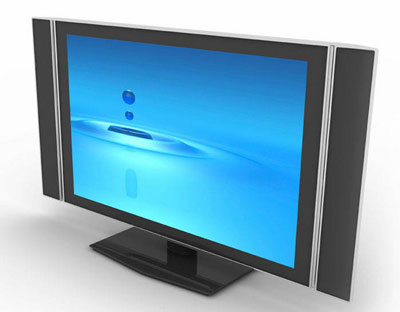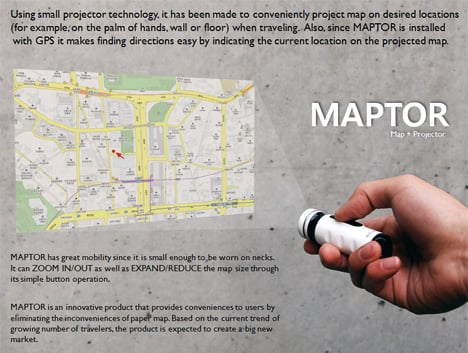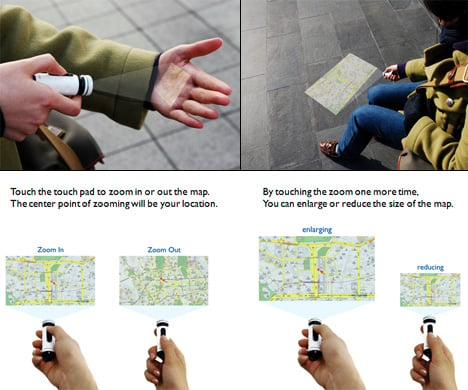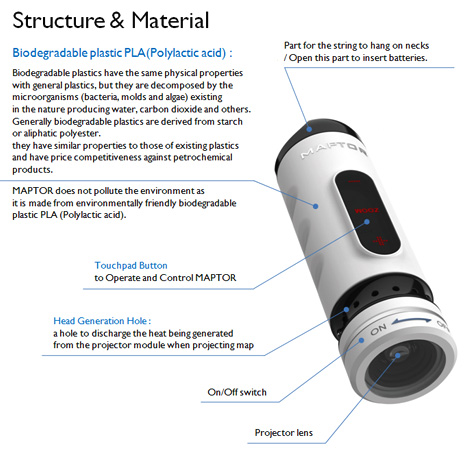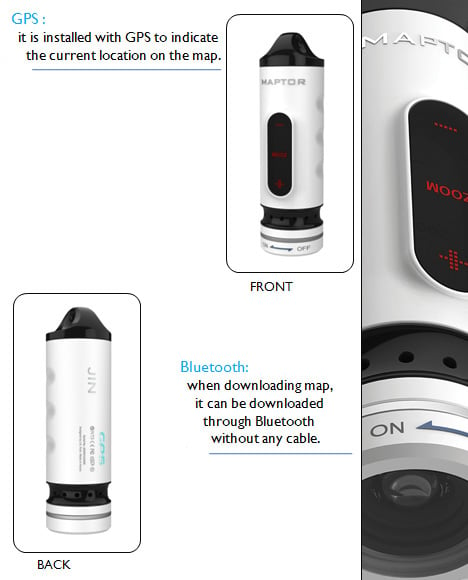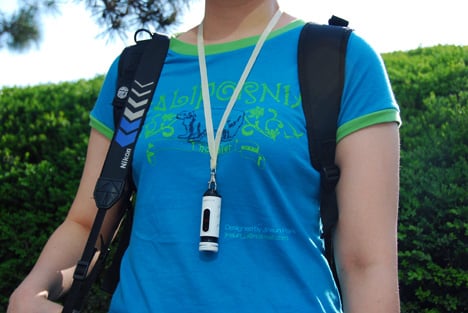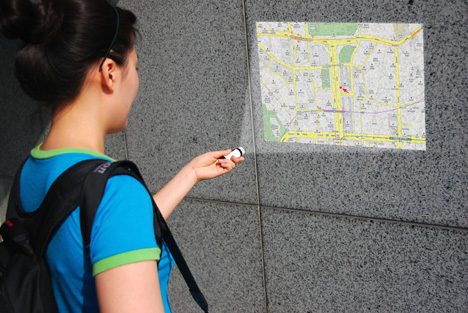This is Courier, Microsoft's astonishing take on the tablet. Courier is a real device, and we've heard that it's in the "late prototype" stage of development. It's not a tablet, it's a booklet. The dual 7-inch (or so) screens are multitouch, and designed for writing, flicking and drawing with a stylus, in addition to fingers. They're connected by a hinge that holds a single iPhone-esque home button. Statuses, like wireless signal and battery life, are displayed along the rim of one of the screens. On the back cover is a camera, and it might charge through an inductive pad, like the Palm Touchstone charging dock for Pre.
Until recently, it was a skunkworks project deep inside Microsoft, only known to the few engineers and executives working on it—Microsoft's brightest, like Entertainment & Devices tech chief and user-experience wizard J. Allard, who's spearheading the project. Currently, Courier appears to be at a stage where Microsoft is developing the user experience and showing design concepts to outside agencies.
Microsoft has a history of collaborating with other firms, especially in the E&D division: Zune and Xbox have both gone through similar design processes. (And plans for the Microsoft Store leaked through a third-party agency were confirmed as genuine prototype layouts and concepts.) This video is branded Pioneer Studios, a Microsoft division within E&D that specializes in this kind of work, working with another agency that's a long-time Microsoft collaborator on confidential projects.
The Courier user experience presented here is almost the exact opposite of what everyone expects the Apple tablet to be, a kung fu eagle claw to Apple's tiger style. It's complex: Two screens, a mashup of a pen-dominated interface with several types of multitouch finger gestures, and multiple graphically complex themes, modes and applications. (Our favorite UI bit? The hinge doubles as a "pocket" to hold items you want move from one page to another.) Microsoft's tablet heritage is digital ink-oriented, and this interface, while unlike anything we've seen before, clearly draws from that, its work with the Surface touch computer and even the Zune HD.





